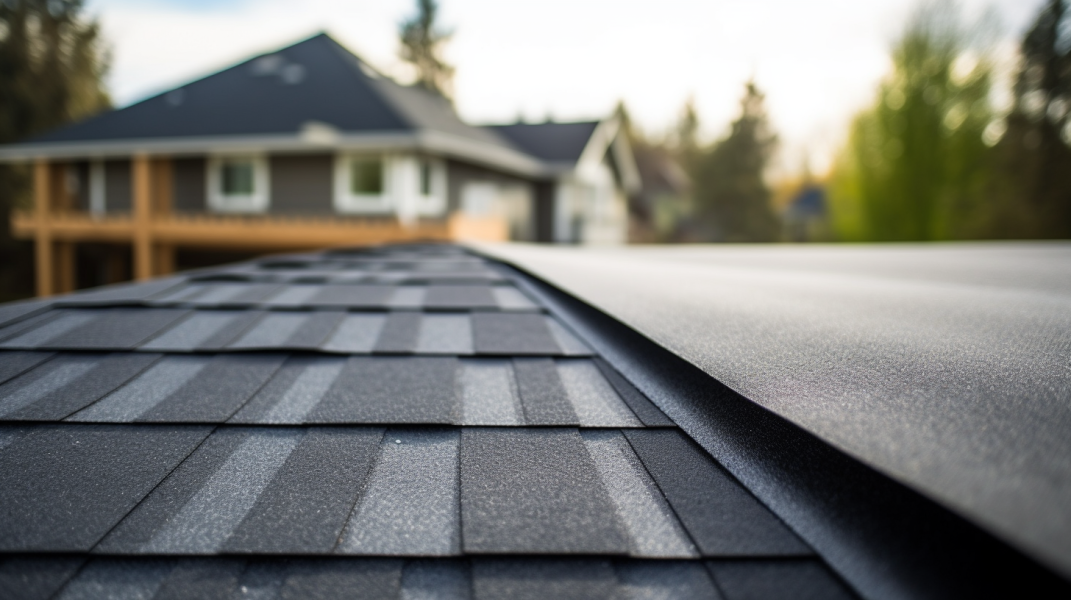When it comes to roofing, the choice of underlayment can make a significant difference in the longevity and protection of your home. This crucial layer, positioned directly atop the roof deck and beneath the roofing material, serves as a secondary shield against the elements. Let’s delve into the two primary types of roofing underlayment: felt and synthetic, and weigh their advantages and disadvantages.
What is Roofing Underlayment?
Roofing underlayment is the barrier that resides between the roof sheathing (usually made of plywood or OSB) and the shingles. Its primary function is to offer an additional layer of defense against rain, snow, and wind.
Felt vs. Synthetic: The Key Differences
Felt Roofing Underlayment
Originating from either paper or fiberglass mat saturated with asphalt, felt roofing underlayment is among the oldest in the industry. It generally comes in two varieties: No.15 felt and No. 30 felt. The latter is denser, more robust, and less susceptible to damage during installation or adverse weather conditions.
Advantages:
- Cost-Effective: Felt underlayment is often the preferred choice for homeowners on a tight budget due to its lower price point compared to synthetic underlayment.
Disadvantages:
- Limited Exposure Time: Traditional felt underlayment shouldn’t be left exposed for extended periods as it can dry out or lose its oils in the heat, compromising its moisture protection capabilities.
- Tear Susceptibility: Felt underlayment can easily tear in high winds or during installation.
- Moisture Absorption: If exposed to moisture, the mat can soak up water, causing the felt to wrinkle and impede the shingles from laying flat.
- Heavier Weight: Its weight makes it challenging for roofers in San Diego to haul rolls of it up a ladder and onto a roof.
- Slippery Surface: This can pose installation challenges.
Synthetic Roofing Underlayment
Constructed from durable polymers, synthetic roofing underlayment offers enhanced water-resistance and protection against the elements. Its performance can vary based on the manufacturer.
Advantages:
- Durability: Synthetic underlayment boasts a robust construction with a high tear strength.
- Extended Exposure: It can withstand prolonged UV and moisture exposure, beneficial if there’s a delay before the roof covering installation.
- Lightweight: Synthetic underlayment is up to four times lighter than felt, making installation easier.
- Moisture Resistance: Unlike felt, synthetic underlayment repels water, ensuring better protection against moisture infiltration.
- Mold Resistance: Being plastic-based, synthetic underlayment is typically resistant to mold growth.
Disadvantages:
- Cost: While many synthetic options are competitively priced, they can be more expensive than felt. However, the initial investment can lead to long-term savings and peace of mind.
Making the Right Choice for Your Home
At San Diego County Roofing & Solar, we understand the importance of selecting the right underlayment for your roofing project. Whether you’re considering a reroofing project or constructing a new home, it’s essential to weigh the pros and cons of both felt and synthetic underlayment. With the right underlayment, you can ensure optimal protection for your home against water and moisture infiltration. As one of the leading San Diego roofing companies, we’re here to guide you in making the best decision for your home’s safety and longevity.











